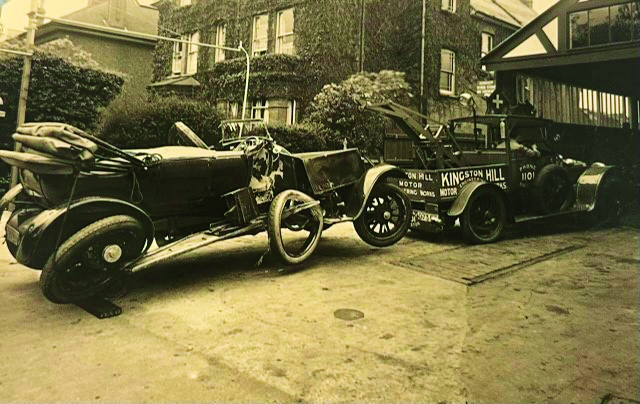 Toovey’s are delighted to announce the second Sale of The Tim Harding Collection of Motoring Photographs. The collection was amassed over a lifetime of collecting by Tim Harding, a motoring historian who had an encyclopaedic knowledge of early vehicle marques.
Toovey’s are delighted to announce the second Sale of The Tim Harding Collection of Motoring Photographs. The collection was amassed over a lifetime of collecting by Tim Harding, a motoring historian who had an encyclopaedic knowledge of early vehicle marques.
Tim Harding died in 2018 and part of the collection was sold in October 2021. Such was the size of the collection that it had to be split across two auctions.
 The collection comprises photographs in all formats from full plate to ‘box brownie’. The images, well over 20,000 in number, cover the period from the very earliest days of motoring to the early post war era. Most are loose but some are framed and mounted, and there are also ‘family albums’ compiled in period.
The collection comprises photographs in all formats from full plate to ‘box brownie’. The images, well over 20,000 in number, cover the period from the very earliest days of motoring to the early post war era. Most are loose but some are framed and mounted, and there are also ‘family albums’ compiled in period.
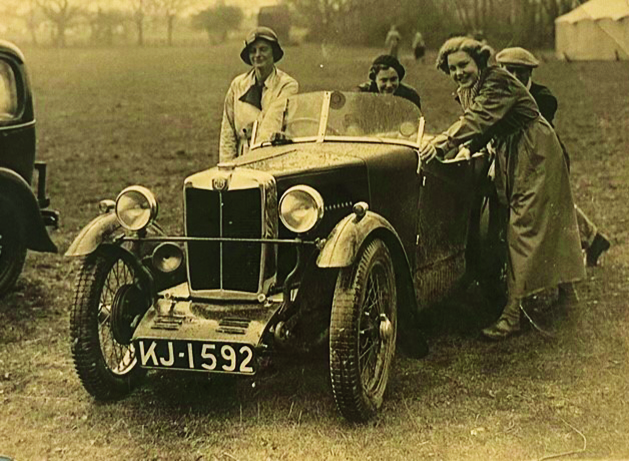 Whilst mainly focused on cars, the collection also covers commercial vehicles, cyclecars, motorcycles, racing cars, motorsport generally, trials, rallies and racing including Brooklands. Some lots will cover period garages and workshops, motor accidents, as well as postcards of motoring interest.
Whilst mainly focused on cars, the collection also covers commercial vehicles, cyclecars, motorcycles, racing cars, motorsport generally, trials, rallies and racing including Brooklands. Some lots will cover period garages and workshops, motor accidents, as well as postcards of motoring interest.
The auction will be held on Wednesday 15th November 2023 at 12 noon.
Viewing for the sale will be held on:
Mon, 13th November 2023: 10:00 to 16:00
Tue, 14th November 2023: 10:00 to 16:00
Wed, 15th November 2023: 09:00 to 13:00
Bidding is available at our rooms and live via the third party website the-saleroom.com, commission bidding is also available.
The online catalogue will be available on our website from 4th November 2023.
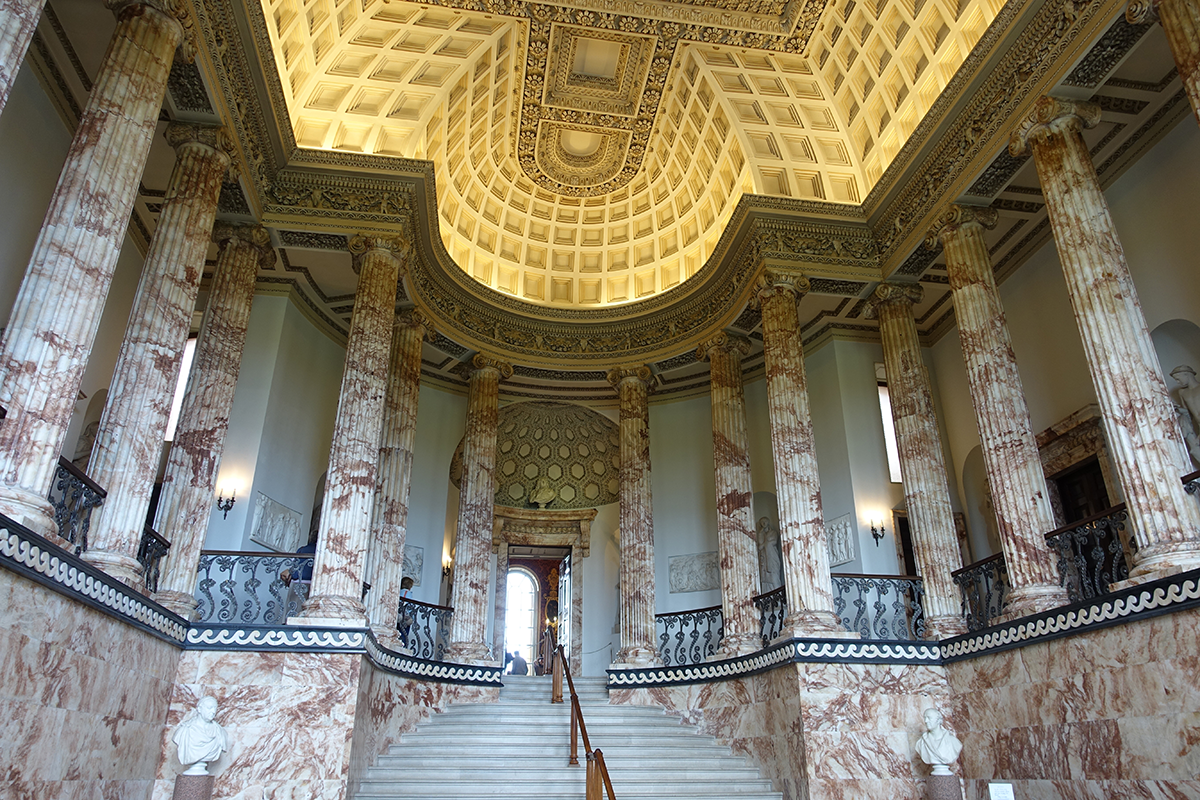
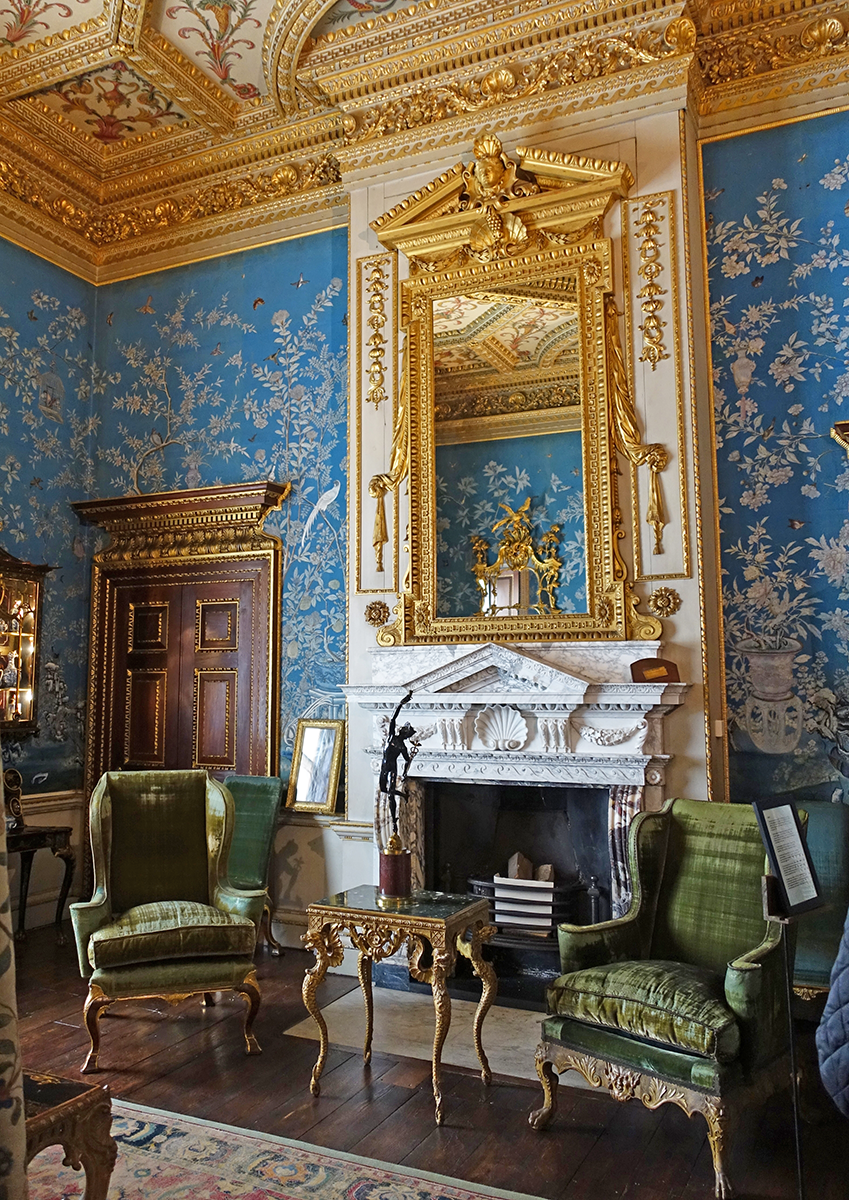
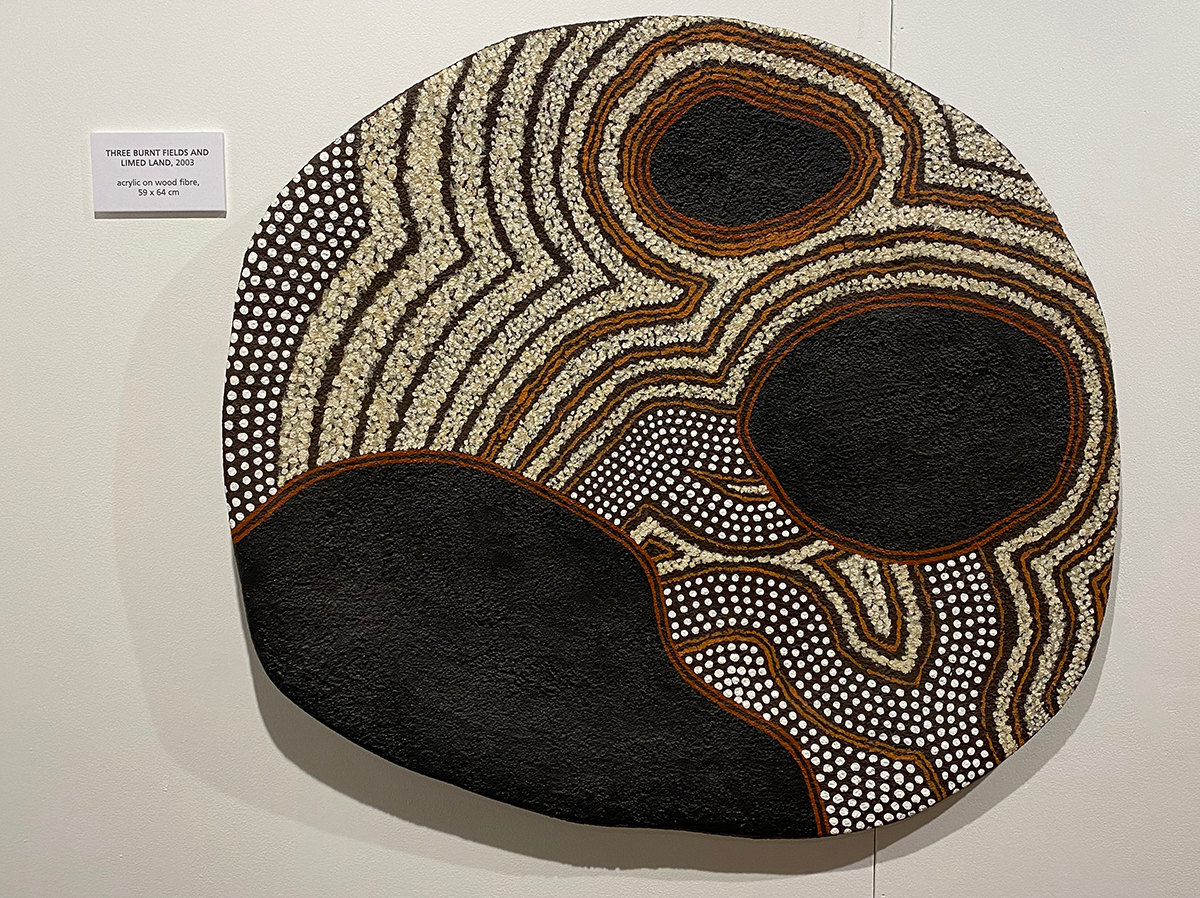
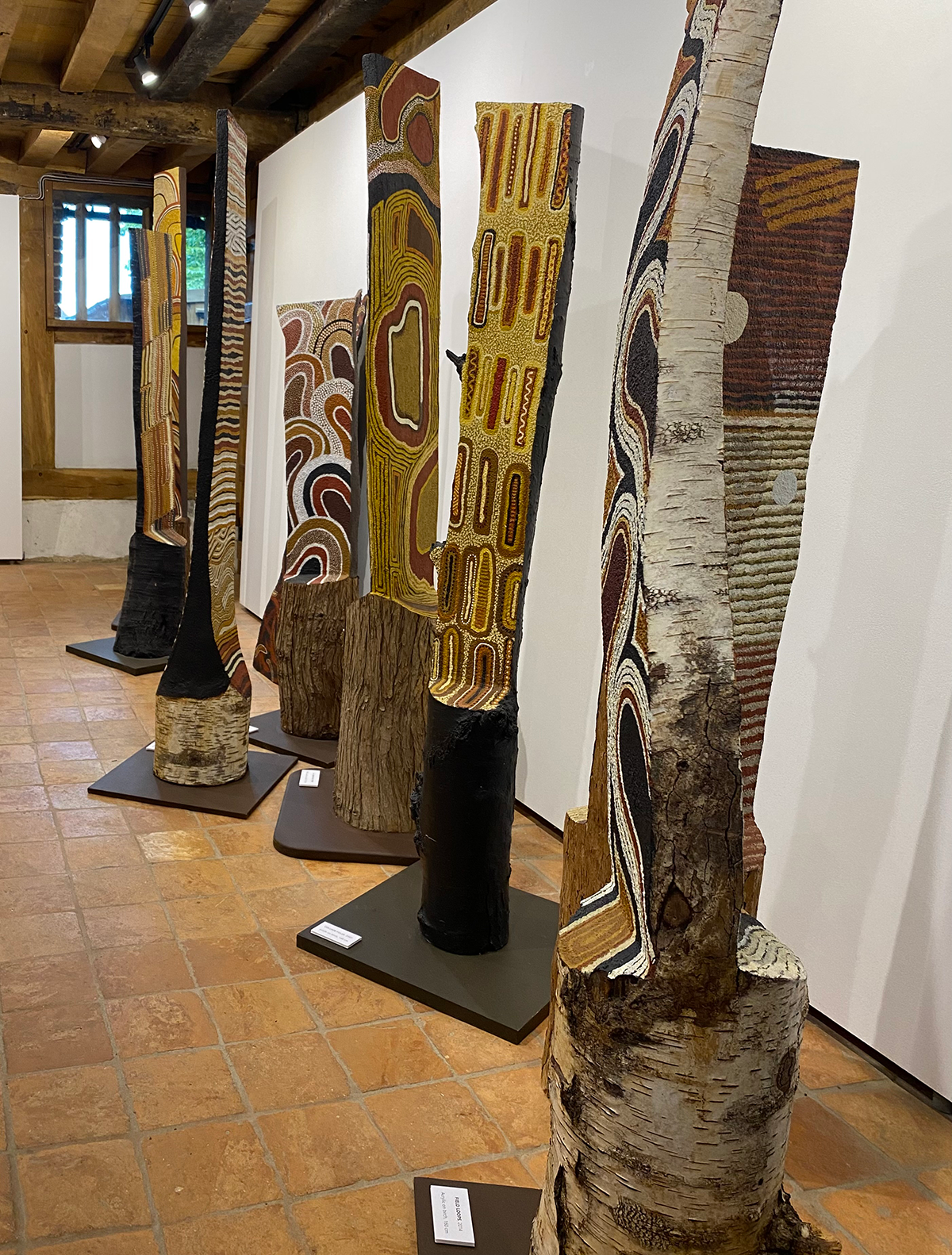
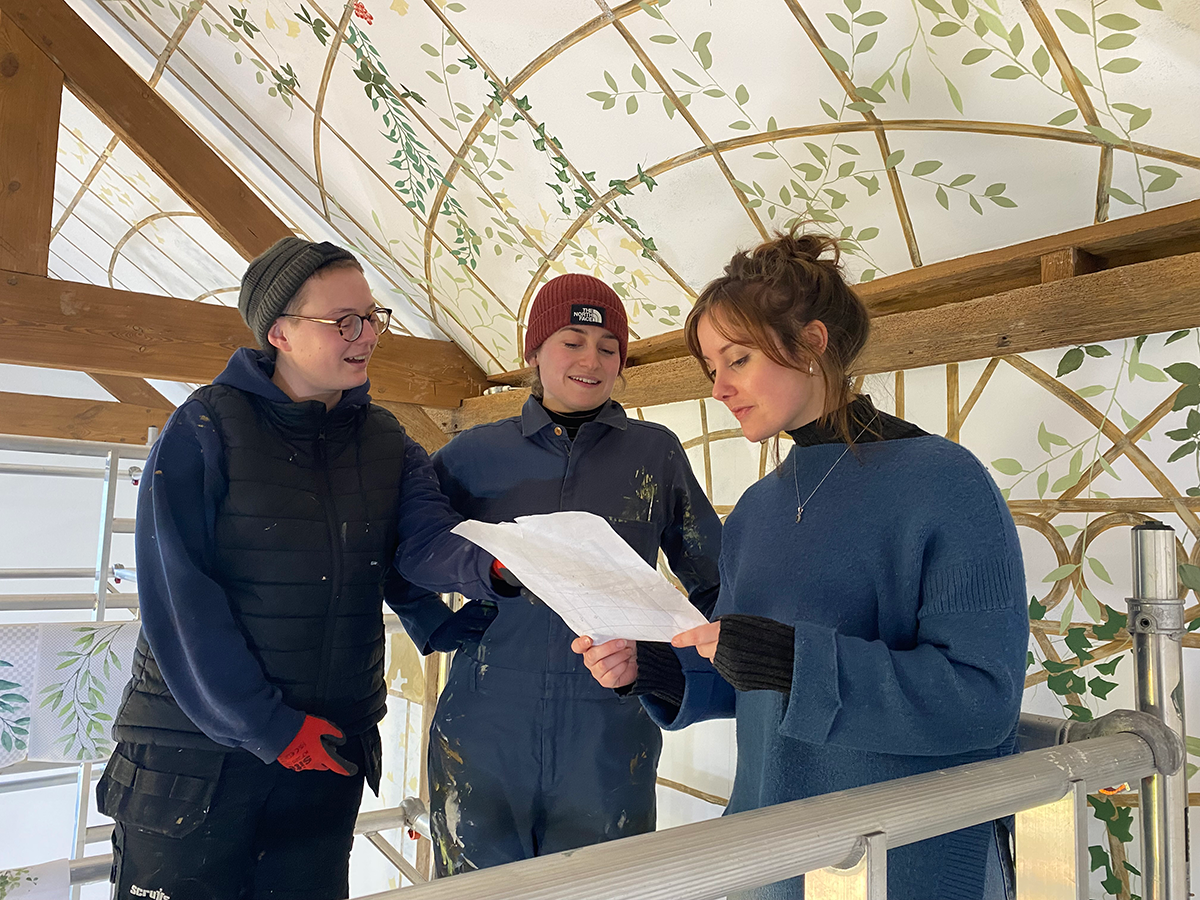
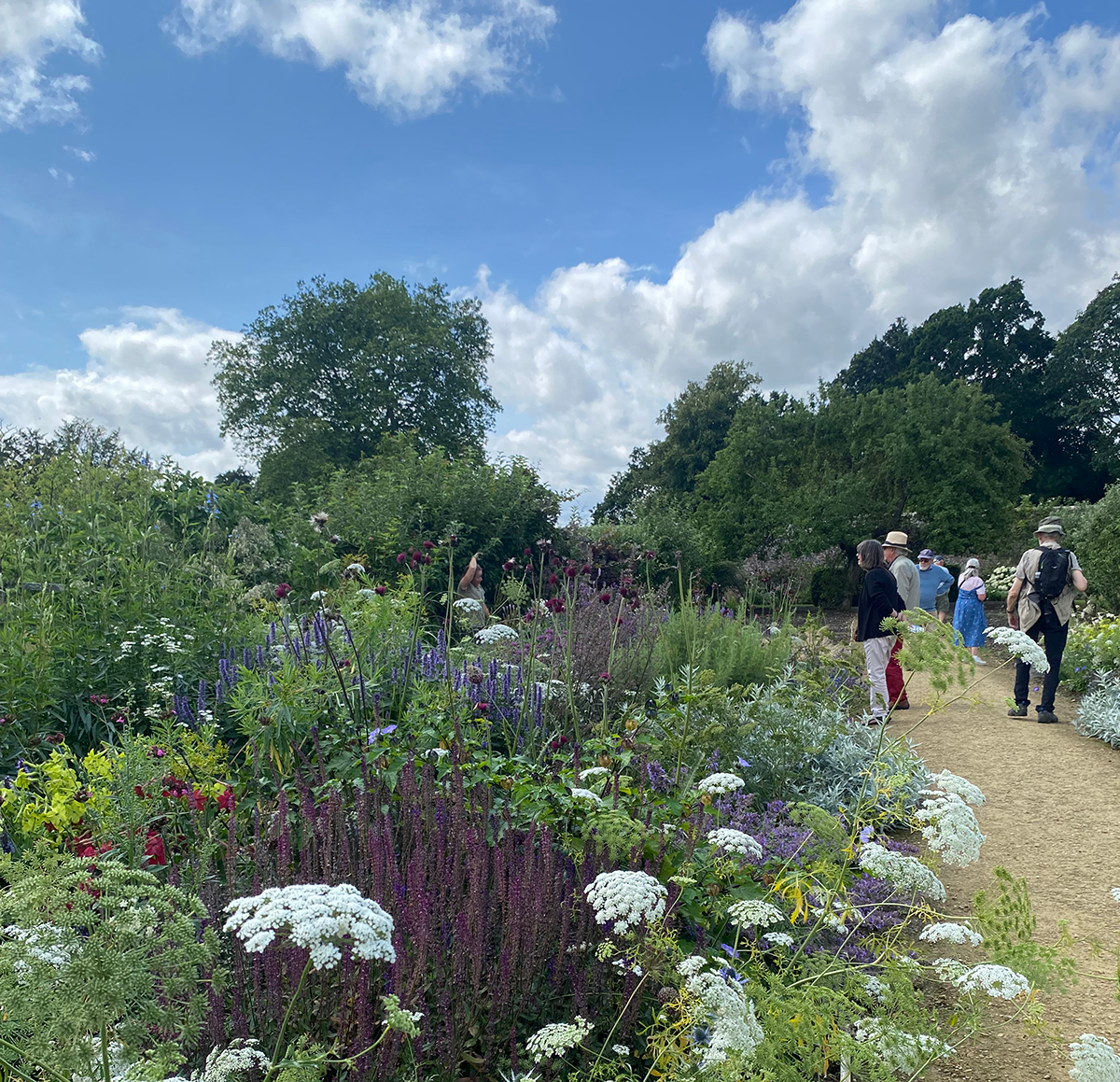
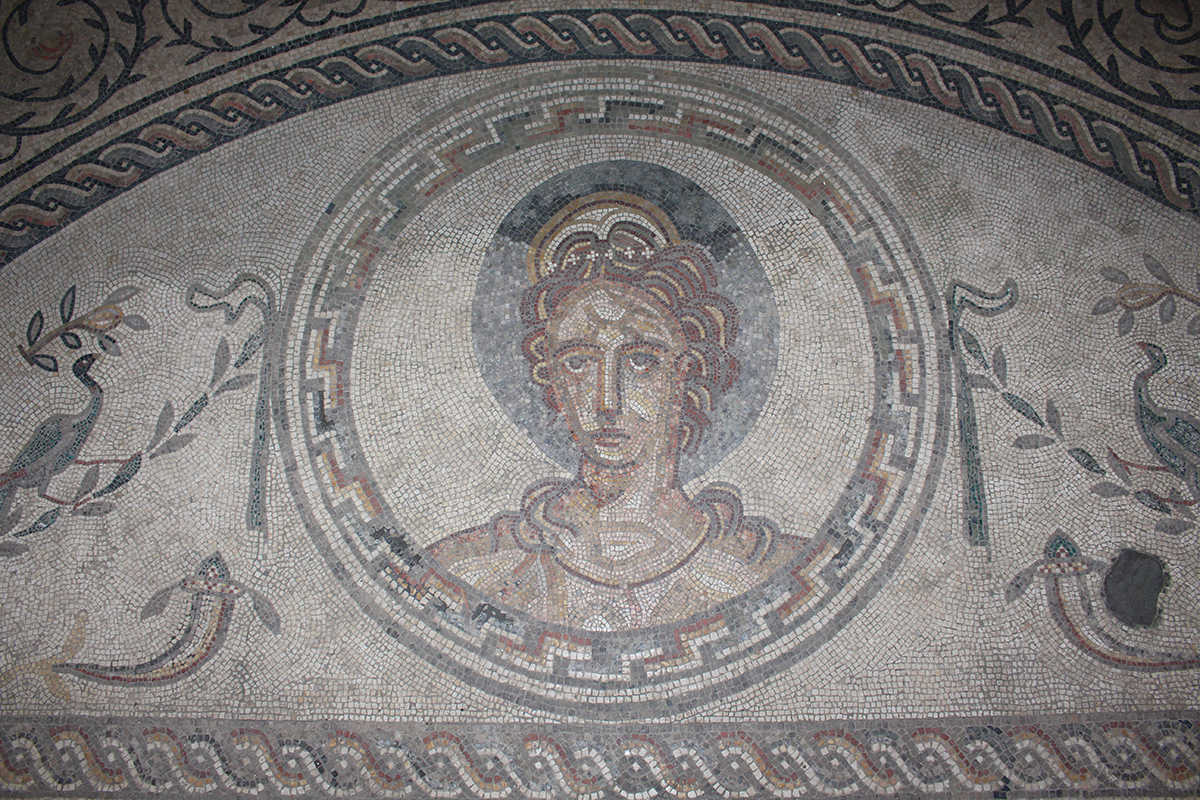 The Bignor Roman Villa is, for me, one of the most special places in all of England. The remains of this important Villa nestle in the beautiful Bignor valley in view of the Sussex Downs. Bignor Villa would have been a short distance from the important Stane Street which linked London with Chichester in the first century AD.
The Bignor Roman Villa is, for me, one of the most special places in all of England. The remains of this important Villa nestle in the beautiful Bignor valley in view of the Sussex Downs. Bignor Villa would have been a short distance from the important Stane Street which linked London with Chichester in the first century AD.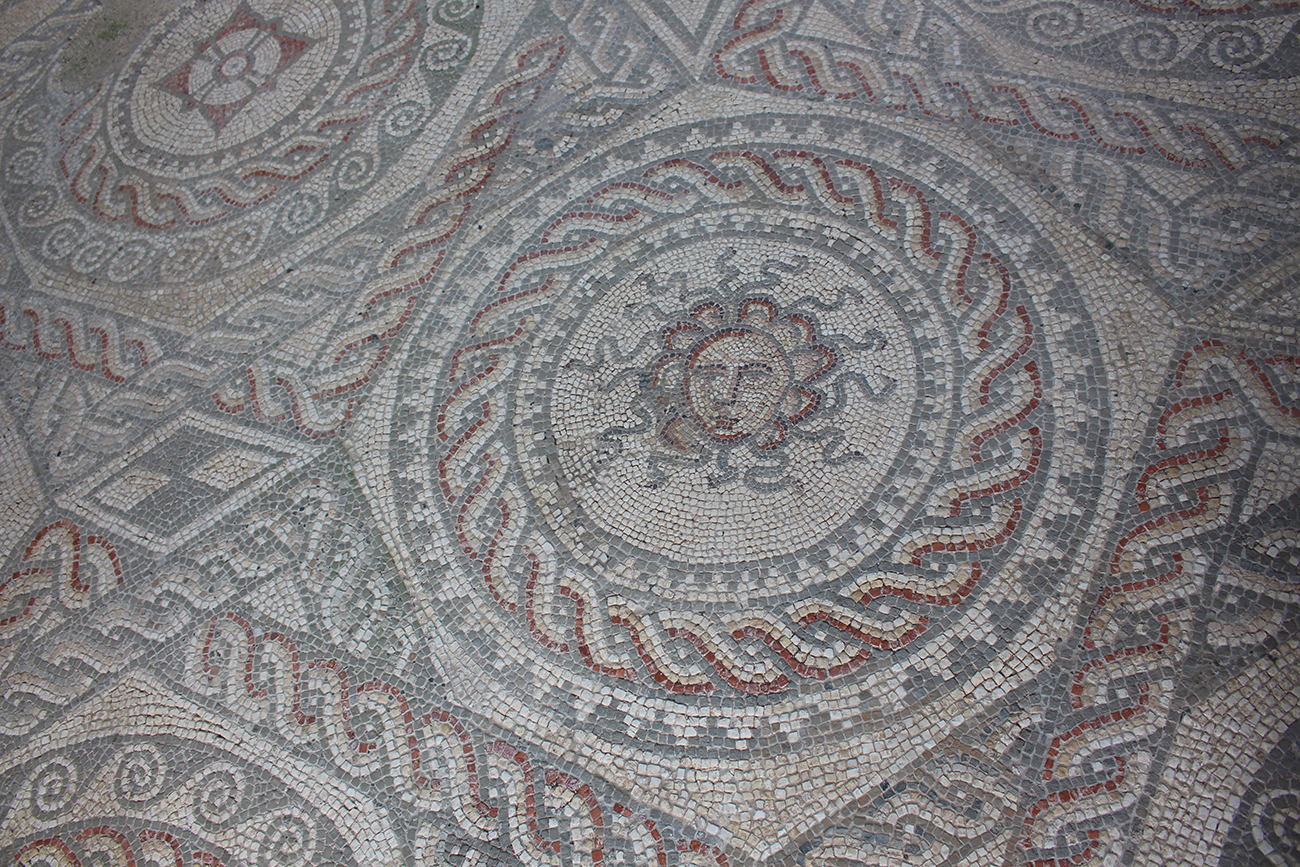 This remarkable find was reburied until the June of 1812 and guarded by one of Tupper’s sons. The thatched cover buildings were designed to protect the mosaics and are a distinctive feature at Bignor. Built in 1812 they are amongst the earliest examples of their type in the British Isles. Arguably the most important discovery of 1812 was the Venus mask. This beautifully conceived female head is surrounded by a nimbus in a circle flanked by what are thought to be peacocks, or long-tailed pheasants and leaf sprays.
This remarkable find was reburied until the June of 1812 and guarded by one of Tupper’s sons. The thatched cover buildings were designed to protect the mosaics and are a distinctive feature at Bignor. Built in 1812 they are amongst the earliest examples of their type in the British Isles. Arguably the most important discovery of 1812 was the Venus mask. This beautifully conceived female head is surrounded by a nimbus in a circle flanked by what are thought to be peacocks, or long-tailed pheasants and leaf sprays.